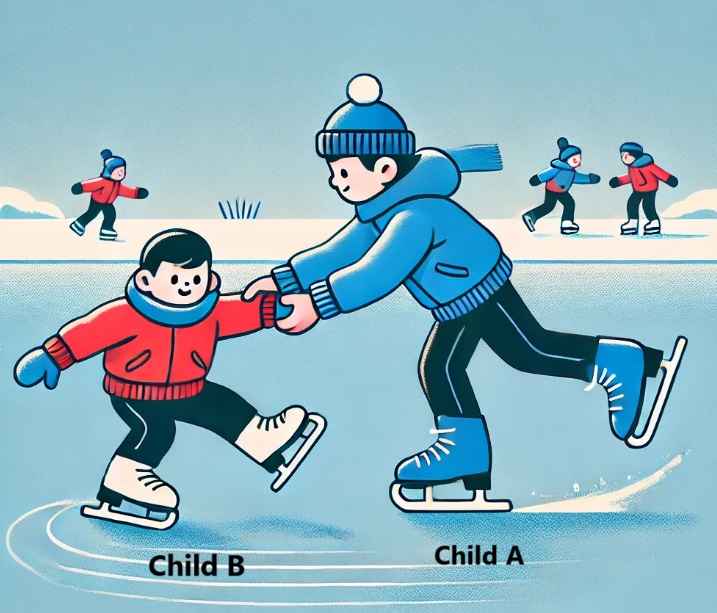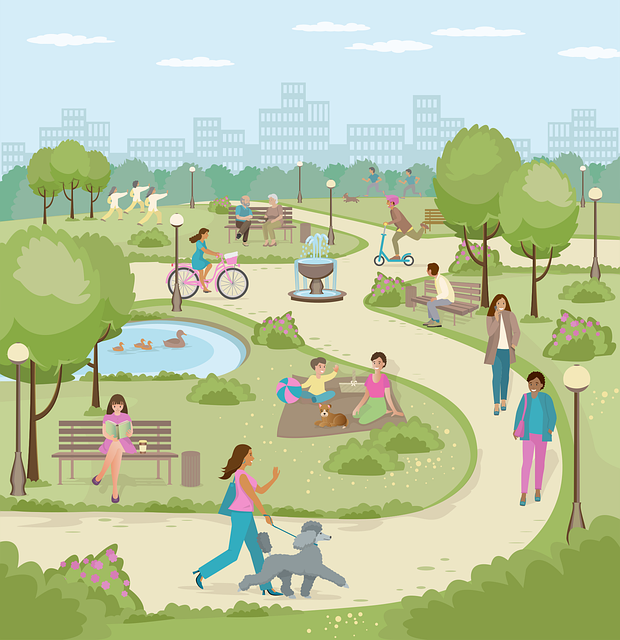The NWEA MAP Science Test is designed to measure your child’s knowledge and progress in essential science topics, including life, physical, and earth sciences.
By learning about the test structure and preparation strategies, you can help your child feel confident and perform their best.
In this guide, you’ll discover key details about the test, realistic practice questions, tips for effective preparation, and ways to use the results to support their academic growth.
Let’s dive in and explore how to set your child up for success!

Hey there! Do you have a question about the test or our practice package? Email me at roman@staggingapps.website. I'm here to help your child succeed!
This science assessment evaluates students’ knowledge and progress in essential scientific topics.
The MAP test adapts to each student’s responses, adjusting question difficulty based on their answers. This tailored format highlights strengths and pinpoints areas where additional support may be needed.
The assessment includes around 53 questions, and while it isn’t timed, most students finish in about an hour.
It features a mix of question types, such as multiple-choice and interactive formats, encouraging students to apply their knowledge of science concepts. As students respond, the test adjusts dynamically—correct answers lead to harder questions, while incorrect responses result in simpler ones.
This test is designed for students in grades 3 through 12, focusing on three core areas of science:
This science assessment features a variety of question formats designed to evaluate a range of skills, from basic knowledge recall to advanced data analysis. Being familiar with these formats can help students approach the test with confidence.
This science assessment evaluates a broad range of topics, focusing on both foundational knowledge and the application of concepts to real-world scenarios. Here’s a closer look at the specific areas tested:
This section explores living organisms and their interactions within ecosystems. Topics include cell structure, plant and animal systems, and the balance within ecosystems. Students also engage with concepts of biological evolution and heredity, examining how traits are inherited and how life adapts over time.
NWEA MAP Science Sample Question #1
A farmer wants to cross two flower plants. One plant has red flowers, and one has white flowers. Red color (R) is dominant over white (r).
Students make a Punnett square to predict the outcome of the cross.
| R | r | |
|---|---|---|
| r | Rr | rr |
| r | Rr | rr |
What is the chance that an offspring of this cross will have white flowers?
A. 0 : 4
B. 1 : 4
C. 2 : 4
D. 3 : 4
E. 4 : 4
Correct Answer: C. 2 : 4
In this problem, the flower color is determined by two genes. The big letter “R” stands for the dominant gene for red flowers, and the small letter “r” stands for the recessive gene for white flowers. Each parent gives one gene to the offspring.
When we look at the Punnett square, there are four possible combinations:
This means 2 out of 4 plants (or half) will have white flowers. So, the chance of an offspring having white flowers is 2:4.
Students focus on matter, energy, and the forces shaping the physical world. Key topics include states of matter, principles of physics, and energy transfer within systems. Questions often require applying this knowledge to everyday examples, such as explaining motion or energy conduction.
Two children are playing on a frozen lake. They are facing each other while wearing skates. Child A weighs 60 kg, and Child B weighs 30 kg. Child A pushes Child B away from them.

Which description best describes what happens to each child? (Assume no friction between the skates and the ice.)
A. Both children will move backward. Child B will move twice as fast as Child A.
B. Both children will move backward with the same speed because the force is applied to both.
C. Child A will move backward, and Child B will remain stationary because Child A is heavier.
D. Child B will move backward, and Child A will remain stationary because they provided the force.
Correct Answer: A. Both children will move backward. Child B will move twice as fast as Child A.
When Child A pushes Child B, they apply a force. According to Newton’s Third Law, for every action, there is an equal and opposite reaction. This means that while Child A pushes Child B, Child B also pushes back on Child A with the same force.
When Child A pushes Child B, they apply a force. According to Newton’s Third Law, for every action, there is an equal and opposite reaction. This means that while Child A pushes Child B, Child B also pushes back on Child A with the same force.
This is why Child B moves twice as fast as Child A.
This section examines Earth’s processes and its position in the universe. Students delve into topics like weather, climate systems, geological processes such as erosion, and plate tectonics.
Space-related topics, including the solar system and lunar phases, broaden their understanding of Earth’s place in the cosmos.
NWEA MAP Science Sample Question #3
A community wants to improve their local park to benefit the environment.

Which plan will best support the local ecosystem?
A. Remove bees and butterflies to keep the park clean.
B. Use pesticides to eliminate weeds from the park.
C. Leave trash out for animals like squirrels and stray dogs to eat.
D. Plant native trees to provide habitats for wildlife.
Correct Answer: D. Plant native trees to provide habitats for wildlife.
Planting native trees is a great idea because these trees naturally grow in the area and are perfect for local animals and insects. They help create homes for birds, squirrels, and other creatures, making the environment healthier.
Removing bees and butterflies or using harmful chemicals like pesticides can hurt the ecosystem by disrupting the balance of nature. Leaving trash for animals can make them sick and create a messy park. So, planting native trees is the best choice.
Interpreting your child’s test results helps you track their academic progress effectively. The assessment uses the RIT scale, a system that measures growth in knowledge and skills over time. A higher RIT score reflects a stronger grasp of science concepts.
What qualifies as a “good” score depends on the student’s grade level, but higher percentile ranks indicate better performance compared to national averages. Growth projections provide insights into expected progress, helping you set realistic goals for improvement.
For more details on score calculations and their significance, refer to our comprehensive MAP Test Scores Guide.
Boosting your child’s science scores requires consistent practice and engaging study methods. Here are some practical ways to help them prepare:
Practice tests, both free and paid, can familiarize your child with the test format and question styles. These resources build confidence and identify areas where improvement is needed. Choose reliable platforms that offer science-focused, test-aligned materials.
Organize study sessions around the main subjects covered in the assessment: life sciences, physical sciences, and scientific inquiry. Breaking these topics into smaller, focused sections makes learning more manageable and effective.
Incorporate science into everyday activities to make learning more interactive. Simple experiments at home, visits to the zoo or science museums, and nature walks can make concepts more relatable. Encourage your child to ask questions and explore real-world examples of what they’re studying.
In adaptive assessments like the Science Exam, every response influences the next question. Correct answers lead to more challenging questions, while incorrect answers adjust the difficulty downward. This structure requires careful attention to each question.
By keeping these strategies in mind, your child can approach the test with confidence and perform at their best.
Here are answers to some frequently asked questions to help you better understand how to support your child in preparing for and taking the science assessment.
Retake policies vary based on the school or district’s guidelines. Some schools may allow a retake if there is a valid reason, such as illness or technical issues during the initial test.
However, retakes are not always guaranteed, as the test is designed to provide an accurate snapshot of a student’s current abilities. Contact your child’s school for specific policies and to explore possible next steps.
Daily study sessions aren’t always necessary or beneficial. Instead, focus on short, targeted study sessions a few times a week. This approach helps your child stay engaged without feeling overwhelmed.
Encourage breaks between sessions and mix study methods, such as practice questions, hands-on activities, and discussions about science topics, to make learning more effective and enjoyable.
While the test provides valuable insights into your child’s growth and understanding of science concepts, it’s only one part of their academic evaluation. Schools often consider other factors, such as classroom performance, homework, and teacher observations, to get a complete picture of your child’s progress.
Use the test results as a tool to identify strengths and areas for improvement, rather than as the sole measure of success.
Since the test is administered on a computer, students typically don’t need to bring anything specific. However, it’s a good idea to ensure your child is well-rested and has eaten a healthy breakfast to help them focus during the test.
Double-check with the school for any additional instructions, such as whether headphones or scratch paper will be provided. Ensuring your child feels prepared and relaxed can make a big difference in their confidence and performance.

Sharpening your child's skills with lifelike practice for gifted tests and school exams.
© 2025 GiftedReady | HTML Sitemap